As the charitable organisation, which helps breathe life back into decaying properties, gears up to celebrate its 50th birthday, here are some of the most memorable properties on its books where you can spend the night.
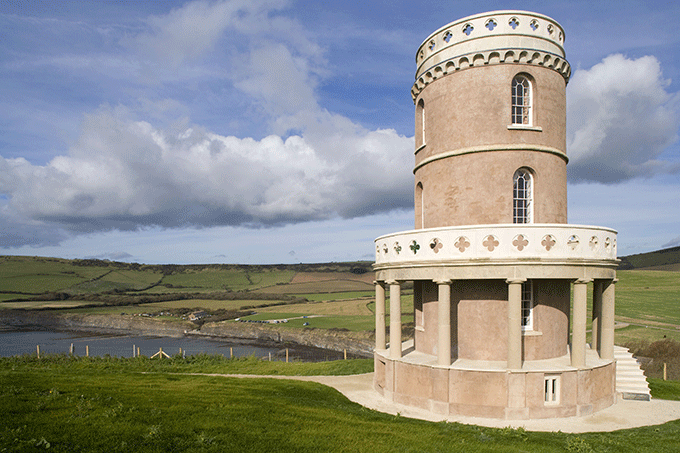
The Landmark Trust has announced a series of events in 2015 to celebrate its 50th birthday, including an open weekend (16-17 May) in which 25 heritage sites that have rarely (if ever) been open to the public will be free to visit.
The charity, founded in 1965 by radical politician Sir John Smith, works tirelessly to save historic buildings that are at risk of ruin, all of which are then reopened as holiday homes for everyone to enjoy. Among its acquisitions, are the Clavell Tower (pictured above), a four-storey circular tower, which is perched on a cliff on the Isle of Purbeck offering incredible views across the Dorset coastline, where the late writer PD James would often squirrel herself away to work.
Each of the properties on the Landmark Trust’s books are available to hire as holiday homes and from now until 4 January charities are being asked to nominate groups or individuals that they think deserve one of 50 free nights in one the Landmark Trust’s properties.
Scroll down for some of the properties on the Landmark Trust’s books
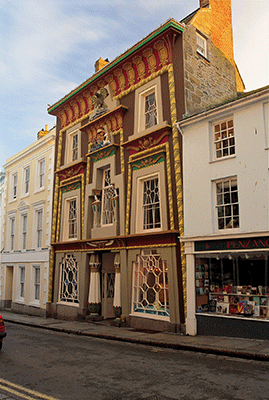
The Egyptian House is one of three apartments set behind an extraordinary façade in the centre of Penzance, in Cornwall. A rare surviving example of a style of architecture that became fashionable following Napoleon’s naval campaign in Egypt in 1798, the house dates from 1835.
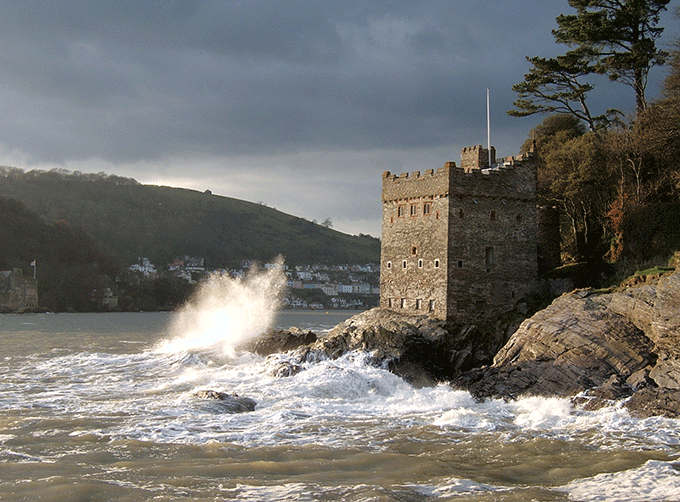
Kingswear Castle stands on the edge of the River Dart, in Cornwall and looks out to sea. It originates from 1492 and sits on the opposite side of the river to the slightly younger Dartmouth Castle, and together the two castles were the first fortifications to be designed specifically for artillery. From the end of the 16th century it was only manned in times of emergency, such as during the English Civil War.
In the 1850s it became a private residence until the 1980s (despite a brief defensive stint during the Second World War), when it was purchased by the Landmark Trust.
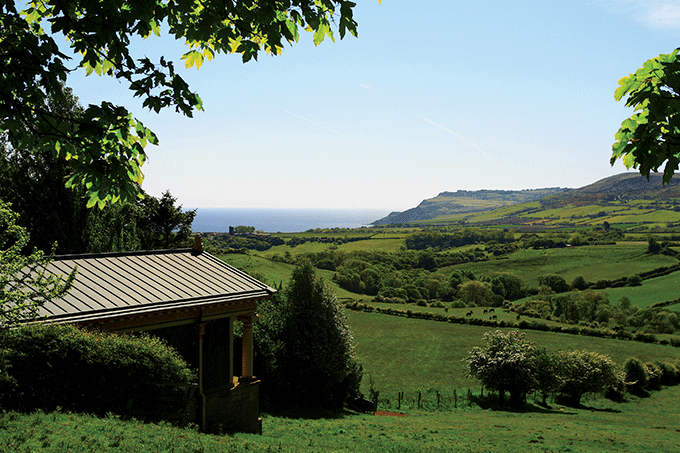
As the name suggests, the Pigsty was actually used to house pigs, who surely were the only ones of their kind to live in a classical building whose architecture was inspired by that of the Mediterranean in the 1880s. With views over hills towards Robin Hood’s Bay in North Yorkshire, it is a truly unique property.
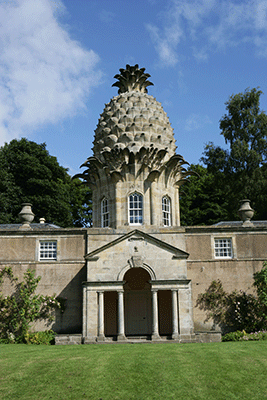
The Pineapple in Dunmore, Scotland, is a rather elaborate, definitely eccentric summer house, which was built in the 18th century by Lord Dunmore, and the chance to stay in such a place is unbeatable.
Related articlesPhotos of the week: Britain’s beautiful landscapes |
Click here to subscribe!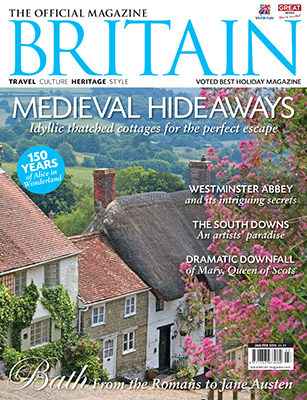 |





 © 2024
© 2024